Plants and pets: 12 species that are safe for your animals and another 8 that you should avoid
Do you have animals at home and do not know results are the most suitable plants? In this post we give you 12 safe species and 8 that you should avoid.
Animals and plants.
Two words that don't always go well together.
Because having a furry companion at home is usually synonymous with joy ... until they start doing culinary experiments and eating your plants.
Of course, some bitten leaves are not always the biggest problem.
there are certain species that can be harmful to your animals if they ingest them.
Which?
That is what we are going to explain to you in this post.
Here we are going to see eight species that are very toxic to your pets that you should be careful with.
But rest assured that we are also going to turn the subject around.
At the end of the post you have a list with several safe plants for any pet.
This way you won't have to worry (so much) if one of your furry ones gets to eat a couple of snack leaves.
Let's see them.
Plants toxic to your pets: the 8 species to be careful
Let’s go first with the plants that can pose a risk to your pets.
First of all, it is important that you understand that, in all cases, the risk for your animals occurs when they ingest a part of these plants (the leaves, the flowers, the stem, etc.).
What do we mean by that?
Well, if you can put these plants out of the reach of your animals (either by separating them with a fence or by putting them in hanging pots) you will have no problem keeping them.
Let's see them.
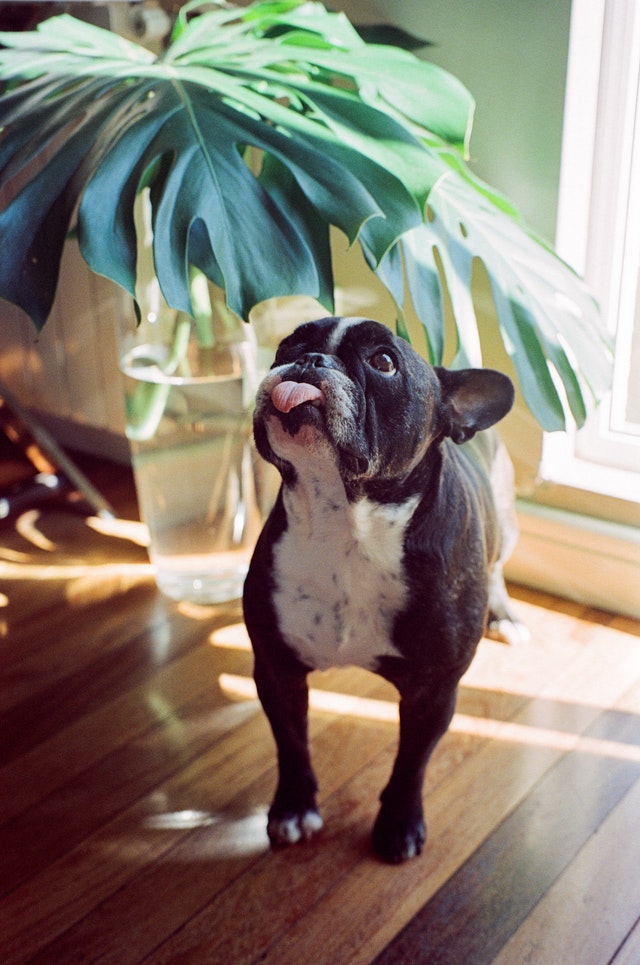
1. Adam's Rib (Monstera Deliciosa)
Aprized for its large, intense green leaves.
It is an undemanding species in terms of care, which is why it is often seen in many offices. But if you have a pet at home, it may be better to avoid it.
Like all philodendrons, the leaves of Adam's Rib generate an irritating substance for dogs and cats. If they eat them, they will suffer inflammation in the intestinal mucosa and vomiting.
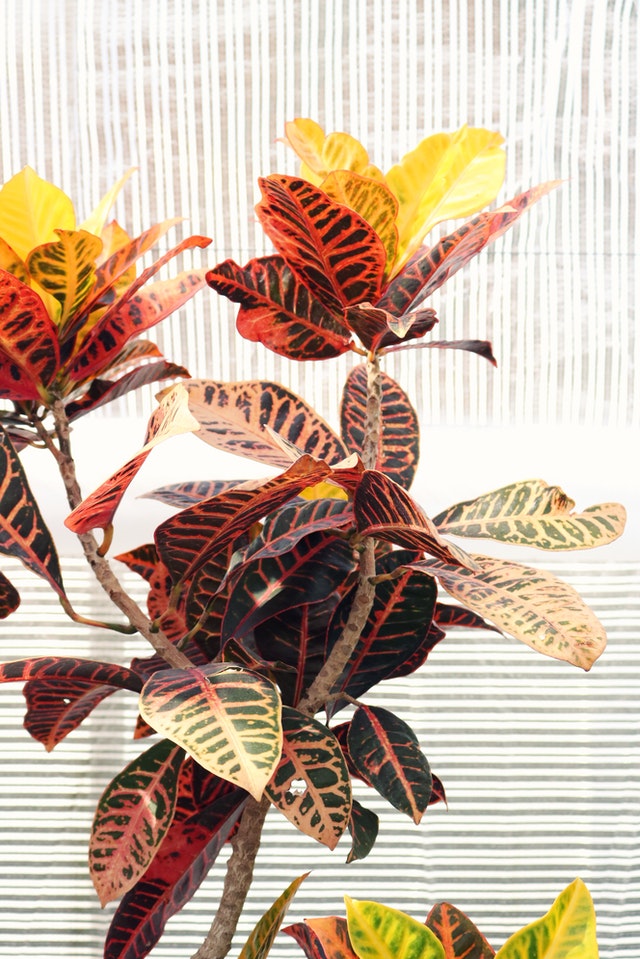
2. Croton (Codiaeum variegatum)
Codiaeum variegatum is a very showy plant, especially in autumn when its leaves turn red.
The problem is that, like the previous one, it can be dangerous for your dog or your cat.
The leaves affect the digestive system of cats and dogs, causing nausea and dehydration. It can even have an impact on your nervous system.
If you have it at home, be sure to put it in a hanging pot to keep it out of the reach of your animals.
.jpg)
3. Aloe Vera
It sounds weird, right? With all the incredible benefits that this plant has for us, and yet for our animals it can be quite dangerous.
As in the cases we have seen, the toxic substance of aloe vera is in the leaves.
If your animals eat them, they will most likely vomit and spasm.
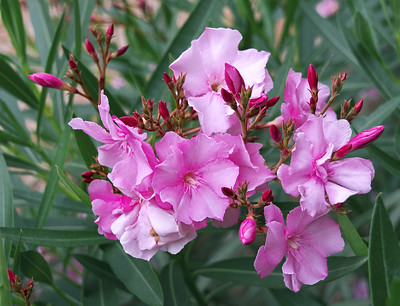
4. Nerium oleander
You probably already know the risks of oleander.
Although it is widely used as a decorative hedge (surely you have seen it on more than one highway) the flowers of the oleander are very poisonous.
They cause irritation on contact with the skin, eyes or mouth of the animal. But the most dangerous is ingestion, which could be fatal.
And it is not only dangerous for your animals.
Humans are also affected in the same way, so it is a plant that we recommend you avoid also if you have small children.
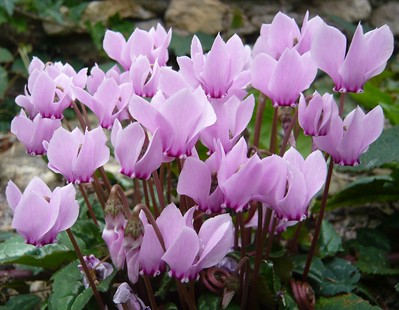
5. Cyclamen
The case of cyclamen is less worrisome than the rest of the list.
The only dangerous part of the plant is the bulb, while both the leaves and the flowers are totally safe for your pets.
Of course, if you have a dog given to digging in the garden, maybe it is better to put your cyclamen in a pot far from their reach.
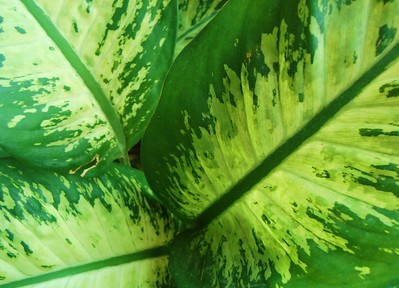
6. Dieffenbachia
Another tropical plant widely used as a decorative plant, but not recommended if you have cats or dogs.
The toxins it produces are concentrated in both the leaves and the stem of the plant.
When ingested, your animals will suffer irritation, itching in the throat and difficulty swallowing.
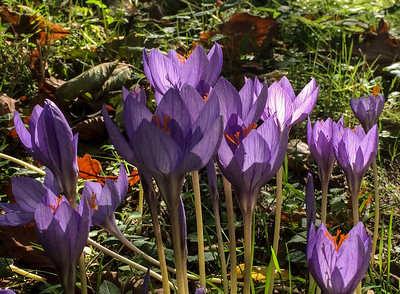
7. Autumn daffodil (Colchicum Autumnale)
This plant is commonly known as “dog killer”. And that name already gives us a clue of the risk it entails for our furry ones.
This plant causes vomiting, shortness of breath, and even kidney and liver damage in dogs.
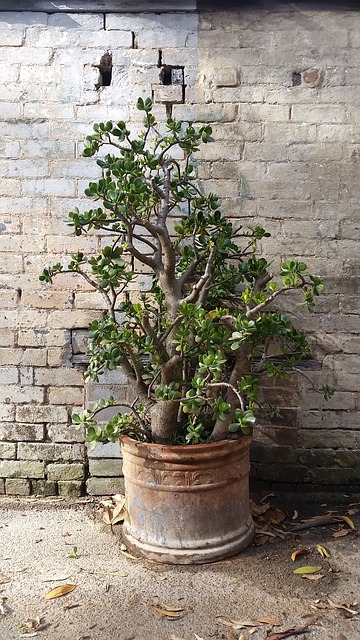
8. Jade plant (Crassula ovata)
Like most of the plants in this list, jade leaves cause irritation and vomiting.
Be very careful with leaving it within the reach of your pets.
12 species of safe plants for your animals
Now we are going to see the plants that you can grow without any problem if you have animals at home.
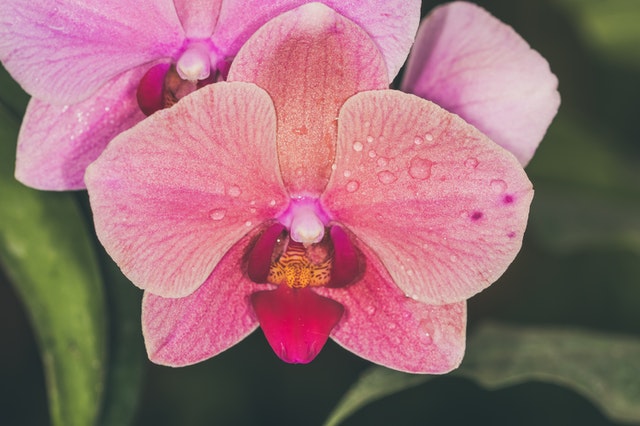
1. Orchid
Orchid flowers are perfect for decorating any home.
It is a tropical plant that survives better indoors, as long as it has access to plenty of indirect light.
In addition, it is a 100% safe species for cats and dogs.
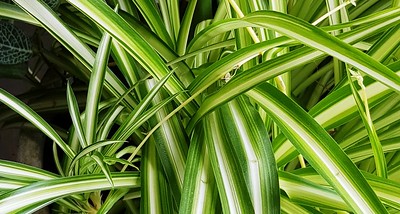
2. Spider plant (Chlorophytum comosum)
One of those plants that our grandmothers always had at home.
The spider plant is a species that is usually used as a hanging species, and that you can have both indoors and outdoors.
It is a very resistant plant that requires little care (except to keep it safe from the bites of your pets).
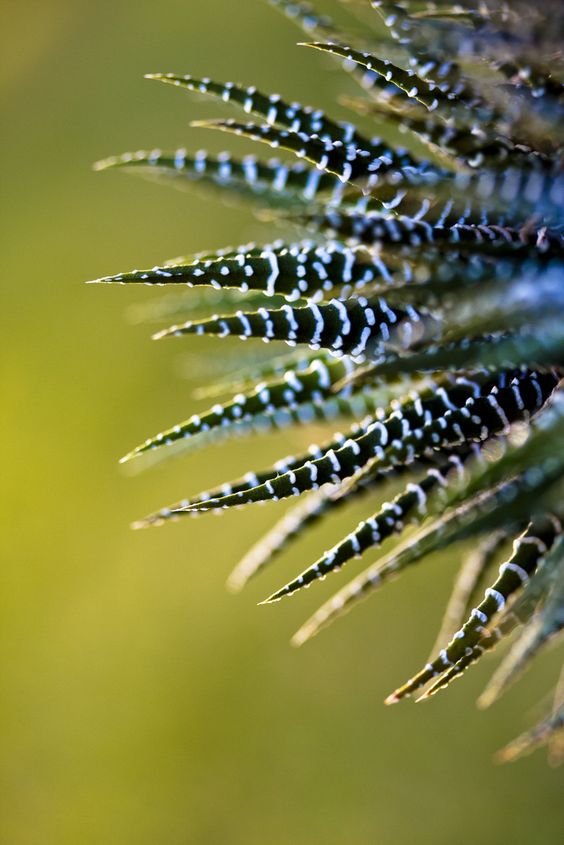
3. Zebra cactus (Haworthia)
Who said that if you had pets you would have to give up cacti?
Although many species of succulents stand out for their sharp quills, which could be an unpleasant surprise for a curious animal, that is not the case of the zebra cactus.
This plant has small and very elegant ones that will serve to decorate any corner.
Of course, like all the ones on this list, it does not have any dangerous toxic components for cats or dogs.
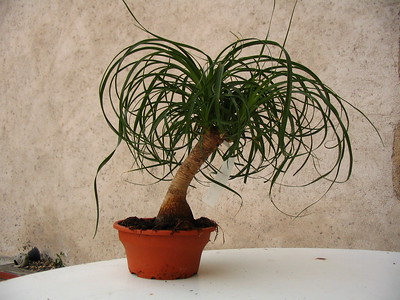
4. Elephant’s foot (Beaucarnea recurvata)
Elephant’s foot is a curious species.
In its natural habitat it can easily exceed 10 meters in height. However, here on the peninsula we grow it indoors because it is not adapted to our climate. And in those cases it does not usually exceed a meter or meter and a half.
Of course, this makes us wonder: are its leaves dangerous for our animals?
And the answer is no, not at all.
In addition, its woody trunk will delight cats when they want to sharpen their nails.
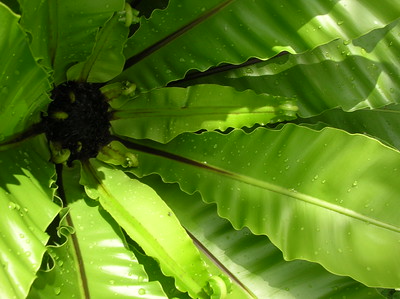
5. Fern
Another typical office plant, but this one is pet-friendly.
All this plant needs is to maintain a good level of humidity and stay out of direct sun to grow vigorously. Furthermore, as it is a species of tropical origin, it tends to prefer high temperatures (above 18º degrees).
If you were looking for a hanging plant, this and the ribbon are your best options.
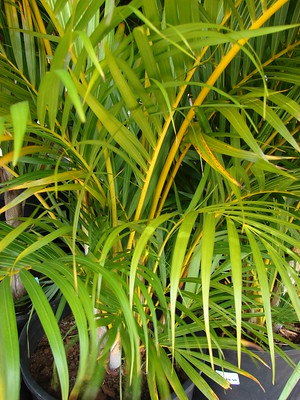
6. Areca palm (Dypsis lutescens)
If you want to have animals, but you don't want to give up the beauty of tropical plants, don't worry.
The areca has large green leaves, very similar to those of Monstera Deliciosa or Dieffenbachia. But the difference, of course, is that its intake is not toxic to your pets.
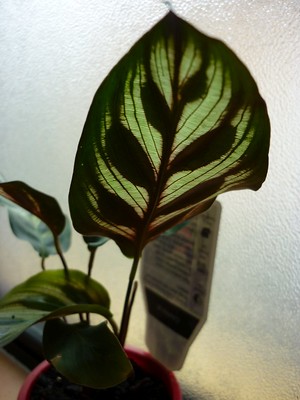
7. Peacock plant (Calathea)
Calathea is not just perfect to have with pets.
In addition, it is a very rustic and simple species to grow, which will give us beautiful red and orange tones.
It is an indoor plant, but it needs to receive many hours of indirect light.
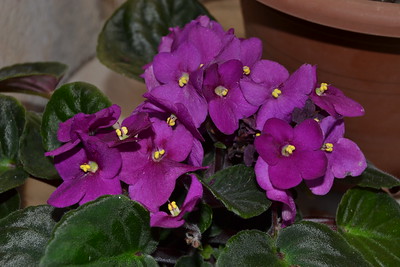
8. African violets (Saintpaulia)
While flowers such as lilies or daffodils were dangerous for cats and dogs, African violets will not give you any problems.
What they will give you are beautiful flowers that are perfect for adding a touch of color to your home and garden.
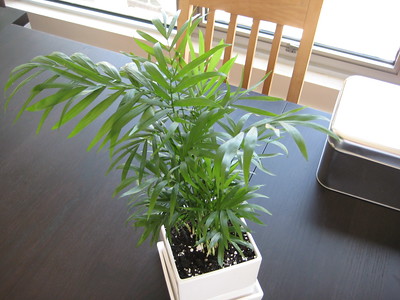
9. Lounge palm (Chamedorea elegans)
Another very typical plant in any home.
This small palm tree creates a dense set of leaves that make it a very interesting decorative species.
It likes to receive a lot of light (always indirect) but it survives well anywhere.
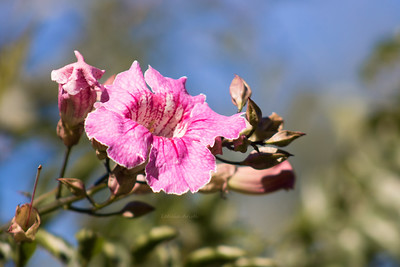
10. Bignonia
Bignonia has a beautiful flowering, which reaches its maximum splendor when we give it many hours of sun.
It is a climbing species that will bring joy to any wall or wall.
It is also a very rust plant, which can withstand temperatures even down to -5º degrees (although it may not feel so good to have a curious pet nibbling on its flowers).

11. Calendula (Calendula Officinalis)
If before we were talking about toxic plants, the calendula is at the opposite extreme. To such an extent that it is used as a healing plant for many ailments.
But what interests us is the beauty of its flowers.
It is a very grateful plant that requires simple care, as we told you in this other post.
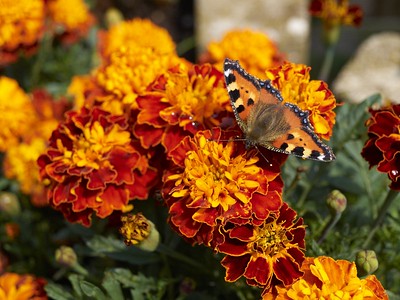
12. Marigold (Tagetes)
And speaking of pretty blooms.
Marigold is one of those plants that does not go unnoticed when the first one arrives. It is with the rise in temperatures that it unfolds its flowers, similar to pompoms.
The bright colors of its petals may attract the curiosity of your animals, but don't worry because they do not pose any danger to them.
You already know which are the best plants to have with pets
As you have seen, having animals at home and plants does not have to be at odds.
All you need is to be clear about which are the most suitable species and which ones you should avoid (or at least keep out of the reach of your animals).
So now is the time for you to choose the species from this list that you like the most and decorate your home with them.
And remember that if you have any questions you can contact us at this link.

 English
English Spanish
Spanish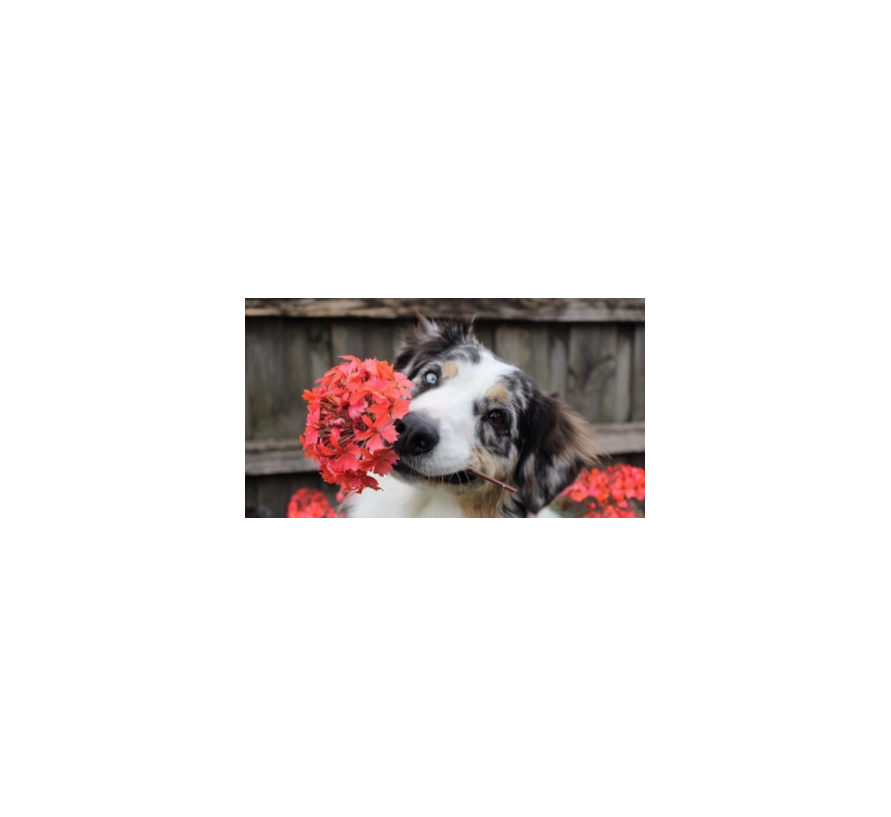
Comments
Leave your comment